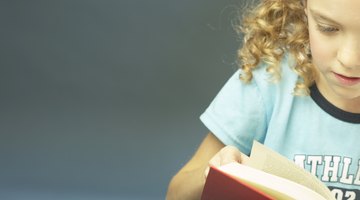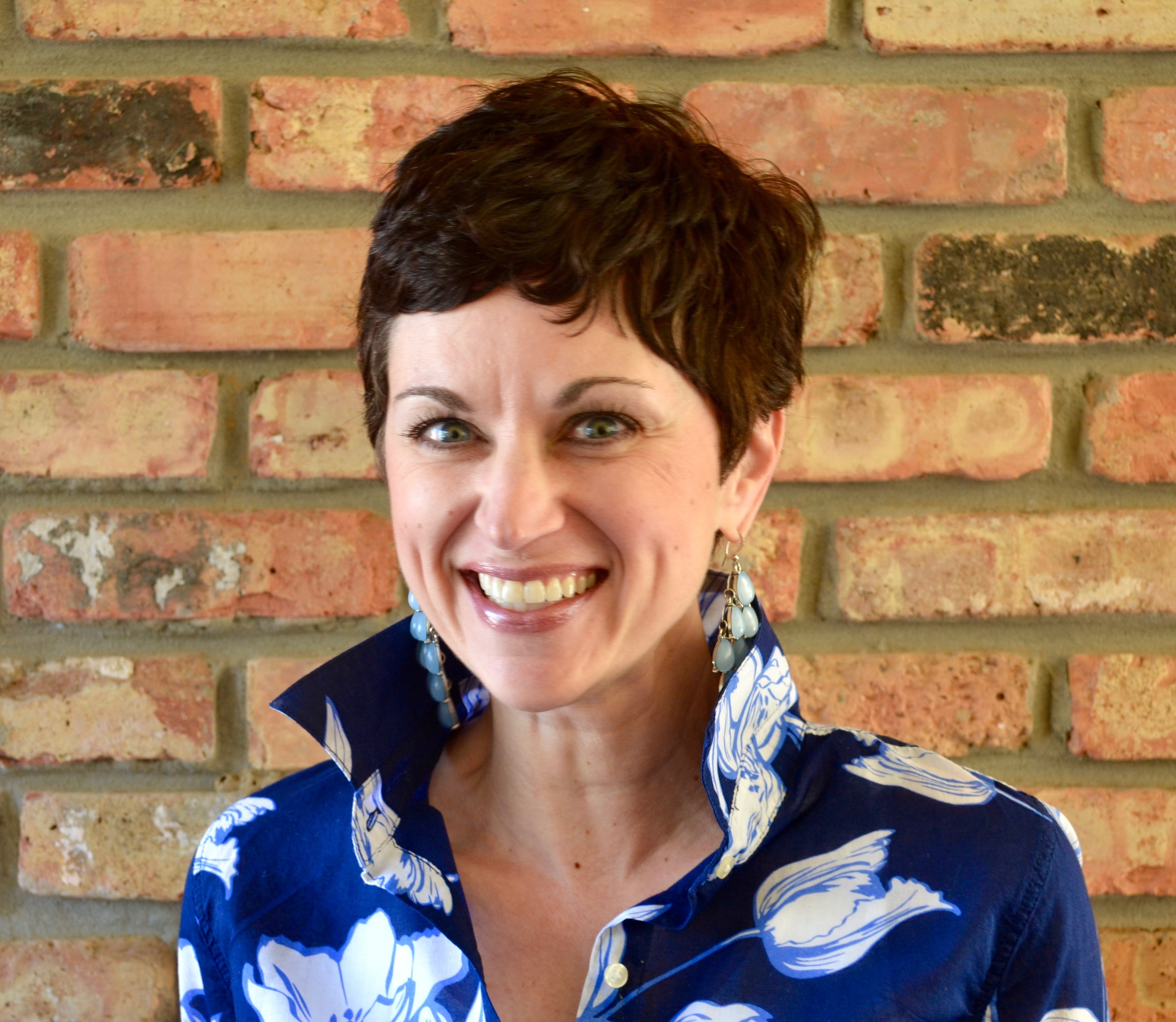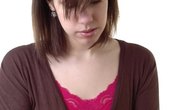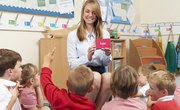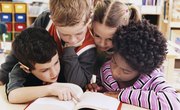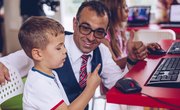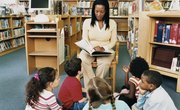Learning to read is one of the most critical skills students must obtain during early childhood education. Reading skills set the foundation for overall academic success. There are several ways to approach reading instruction, and educators often rely on several reading theories.
Students in grades kindergarten through third grade are learning to read. From fourth grade on, students make a significant shift, and they are then reading to learn. In order for students to be successful in the middle through high school grades, it’s important for them to have a solid foundation of reading skills.
One effective way to ensure students have the necessary reading skills is for teachers to know if students are below level or on level for their age group. Additionally, to better differentiate reading instruction, teachers also need to know three additional levels for each student: instructional level, frustration level and independent reading level.
Theories About Reading
There are many theories concerning the best way to teach reading and how people actually learn to read. As in many instructional practices, some theories come and go in popularity, and some have greater success than others.
Whole-Language Approach
One of the popular reading theories is the whole-language theory. This approach suggests that if students are immersed in words, books and language-rich environments, they will naturally make meanings of words and learn to read. This theory does not utilize specific and direct literacy instruction.
Whole language is a top-down theory of reading. Students are introduced to all of the components of reading at once, and they make meanings while immersed in the literacy process. In this approach, teachers do not establish a basis or foundation for reading instruction.
Bottom-Up Approach
On the contrary, the theory of reading utilizing the bottom-up reading model involves a step-by-step mastery of reading components so that the student eventually becomes literate. This theory relies on direct and explicit instruction of the five components of reading throughout early childhood education.
The term "bottom up" is exactly how this process works. The initial focus for early literacy is the instruction of the basic or foundational skills necessary for life-long mastery of literacy and the components of reading. In bottom-up reading activities, student learn to read from the bottom, or foundation, up to concepts like reading comprehension.
Components of Reading
The complete process of reading has five main components. In order for students to become fully literate, the following concepts must be mastered:
- Phonics – Understanding the sounds that correspond with each letter of the alphabet. This includes long and short vowels and other phonetic rules and involves connecting the concept that letters make sounds and sounds make words.
- Phonemic Awareness – Understanding the sounds of letter combinations, such as consonant blends, syllables and complete words.
- Vocabulary – Understanding what words mean and being able to use them appropriately.
- Fluency – The ability to read with proper speed and expression without errors. Fluent readers read in the way that they speak.
- Reading Comprehension – The ability to recall events, characters and the main idea of a story or passage after it is read.
Bottom-Up Theory in Reading
The bottom-up theory says that reading is a skill in which students learn to read in a step-by-step way. This approach utilizes a building-block approach starting with the foundation of phonics and phonemic awareness. The theory recognizes that students must first learn the basics in order to fully understand the more complex components, such as comprehension and inferences.
The bottom-up theory is widely used because of its sequential approach. This theory recognizes reading as a development process that is best learned in a way that starts with a foundation and builds with complexity.
Related Articles
References
Resources
Writer Bio
Melanie Forstall has a doctorate in education and has worked in the field of education for over 20 years. She has been a teacher, grant writer, program director, and higher education instructor. She is a freelance writer specializing in education, and education related content. She writes for We Are Teachers, School Leaders Now, Classroom, Pocket Sense, local parenting magazines, and other professional academic outlets. Additionally, she has co-authored book chapters specializing in providing services for students with disabilities.

